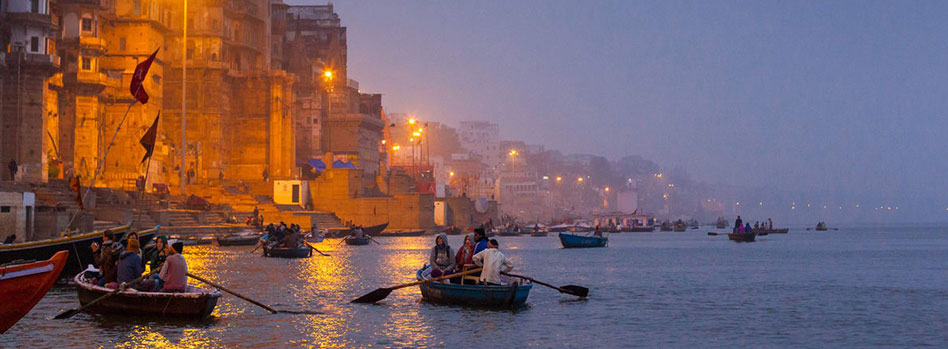[By JAGAT- 19/June/24] Varanasi, often referred to as the spiritual capital of India, is a city that pulsates with a unique blend of vibrancy, tradition and spirituality. Situated on the banks of the sacred Ganges River, Varanasi is one of the world's oldest continually inhabited cities, offering a mystical allure that draws millions of pilgrims and tourists each year. The city is renowned for its ghats, temples and rich cultural heritage. But when is the Best time to visit varanasi ?

The most favorable time to visit Varanasi is during the winter months, from October to March. During this period, the weather is pleasantly cool, with temperatures ranging between 5°C to 15°C (41°F to 59°F). The mild weather makes it perfect for exploring the city's numerous attractions, including the ghats, temples and narrow lanes bustling with activity.
Festivals and Events: Winter coincides with some of the most significant festivals in Varanasi. Diwali, the festival of lights, usually falls in October or November and transforms the city into a glittering wonderland. Dev Deepawali, celebrated 15 days after Diwali, is another spectacular event where the ghats are illuminated with millions of diyas (oil lamps). The festival of Maha Shivaratri, usually in February or March, sees the city come alive with devotion to Lord Shiva.
Ganga Aarti: The Ganga Aarti, a daily evening ritual performed at Dashashwamedh Ghat, is a must-see. During winter, the experience is particularly enchanting as the cooler weather allows for comfortable participation in this spiritually uplifting ceremony.
Sightseeing and Exploration: The cooler temperatures make winter ideal for exploring the city's landmarks such as the Kashi Vishwanath Temple, Sarnath (where Buddha gave his first sermon) and the numerous other temples and historic sites.
Summer in Varanasi can be extremely hot, with temperatures soaring up to 45°C (113°F). The scorching heat can be uncomfortable for sightseeing and outdoor activities. However, if you can tolerate the heat, this period offers a less crowded experience and an opportunity to witness the city's resilience and vibrancy under the blazing sun.
The monsoon season brings heavy rainfall to Varanasi, which can lead to waterlogging and make navigating the city challenging. However, the rains also cleanse the city, reviving the ghats and the Ganges River with a fresh, verdant look. The monsoon months can be a good time for those who appreciate the lush, green landscapes and the unique atmosphere that the rains bring to this ancient city.
Early Mornings: Start your day early to witness the serene morning rituals along the ghats and enjoy a boat ride on the Ganges, which offers a peaceful contrast to the city's usual hustle and bustle.
Local Cuisine: Don't miss out on the local delicacies like kachori sabzi, lassi and the famous Banarasi paan.
Cultural Etiquette: Respect the local customs and traditions, especially when visiting temples and participating in religious ceremonies.
Stay Hydrated: Regardless of the season, keep yourself hydrated and carry bottled water to avoid any health issues.
Varanasi is a city that offers a profound and unforgettable experience, regardless of when you choose to visit. However, the winter months from October to March provide the most pleasant weather, vibrant festivals and an ideal atmosphere to immerse yourself in the spiritual and cultural essence of this timeless city. Whether it's witnessing the mesmerizing Ganga Aarti, exploring ancient temples, or simply soaking in the spiritual ambiance, Varanasi promises a journey that will stay with you forever.